ChatGPT is an AI language model that emerges fast in the world of NLP since its formation. But one mind ponders the question, why was ChatGPT created?
To find a solution, we’ll first examine the history of language models and their limits. These models were restricted due to their abillity to recognize human language. And because of that, they can’t create natural-sounding writing.
In this article, we will look at the roots of ChatGPT and the causes that contributed to its development. Let us start by diving into the world of language models. Scroll below to learn more!
Table of Content
Language model development has been a long and continuous process with numerous notable advances. ChatGPT is an excellent language model based on the GPT-3.5 architecture.
The GPT family of models was created using a transformer-based architecture. This architecture processes input sequences utilizing self-attention methods. The models are trained on massive volumes of text data.
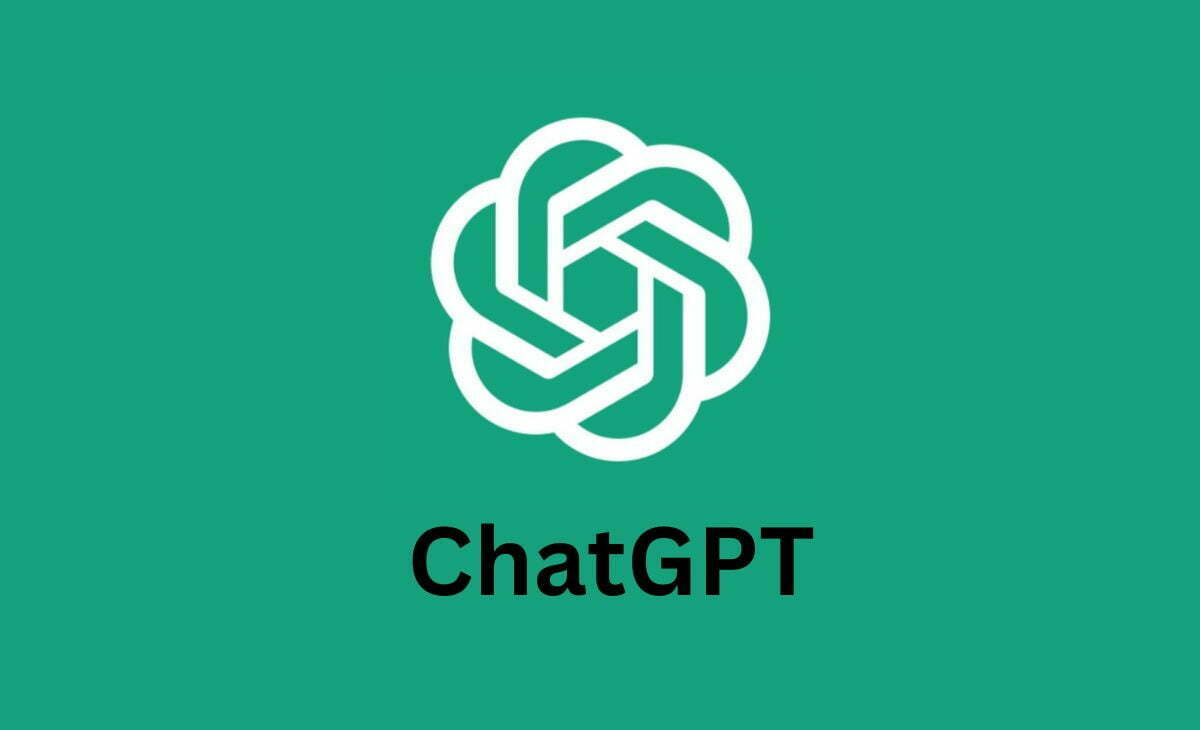
After that, they are fine-tuned for specific downstream tasks like language production, question answering, and sentiment analysis.
ChatGPT was created to produce a language model capable of natural and fluent talk with people. To do this, the model was pre-trained on many online conversational data. This also included social networking sites and messaging applications.
ChatGPT was created with various elements that boost its conversational skills and its enormous pre-training dataset. The model, for example, can simulate multi-turn discussions. This keeps context between turns and generates different and coherent replies.
Who created ChatGPT?
OpenAI, a research organization devoted to creating and promoting benign AI for the sake of humanity, developed ChatGPT. The research group of OpenAI created the GPT-3.5 architecture that was used to build ChatGPT.
GPT-3, or Generative Pre-trained Transformer 3, is an OpenAI language model regarded as a breakthrough in natural language processing. Its appearance in 2020 was a significant milestone in artificial intelligence.
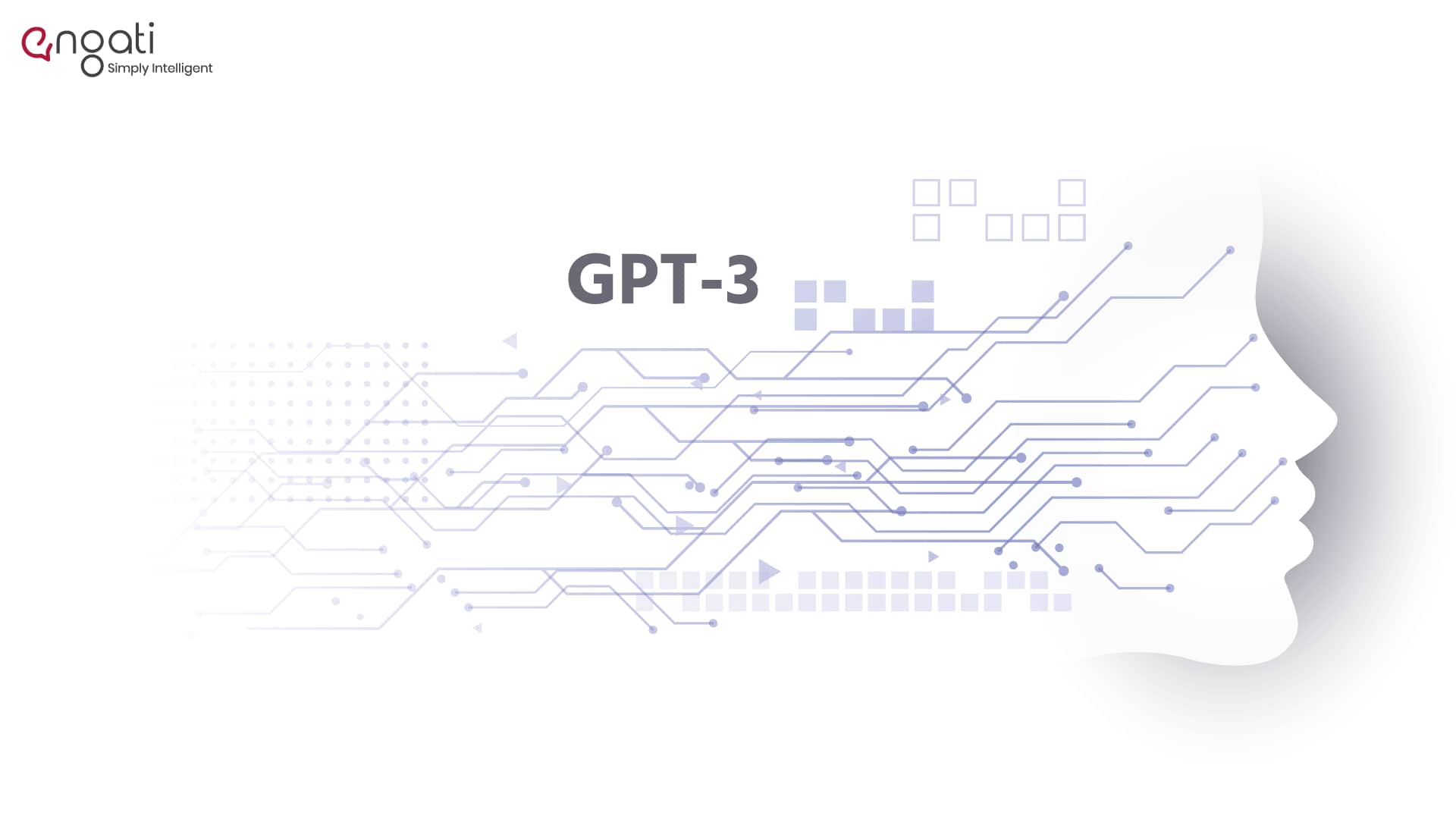
GPT-3 expands on the innovations of its predecessor, GPT-2, launched in 2019. GPT-3, like GPT-2, is built on a transformer architecture and pre-trains vast volumes of text data.
When was ChatGPT created?
OpenAI built ChatGPT in June 2020, and since then, it has been updated and enhanced on a regular basis.
Advancement of GPT-2 to GPT-3
GPT-3, on the other hand, offers numerous significant enhancements over GPT-2 that include the following:
1. Scale
GPT-3 is substantially more significant than its predecessor, having 175 billion parameters. If compared to GPT-2, the parameter were only 1.5 billion. Because of the greater size, the model can capture more complicated relationships and patterns in the incoming data.
2. Performance
GPT-3 can handle various language tasks, including translation, summarization, and question-answering. It can also generate more fluent and coherent writing than earlier language models.
3. Zero-shot learning
GPT-3 can execute specific tasks without being explicitly educated on them. This is known as zero-shot learning. This is because it helps the model to generalize more successfully to new problems.
4. Applications
The introduction of GPT-3 offers a wide range of possible applications, including chatbots and virtual assistants.
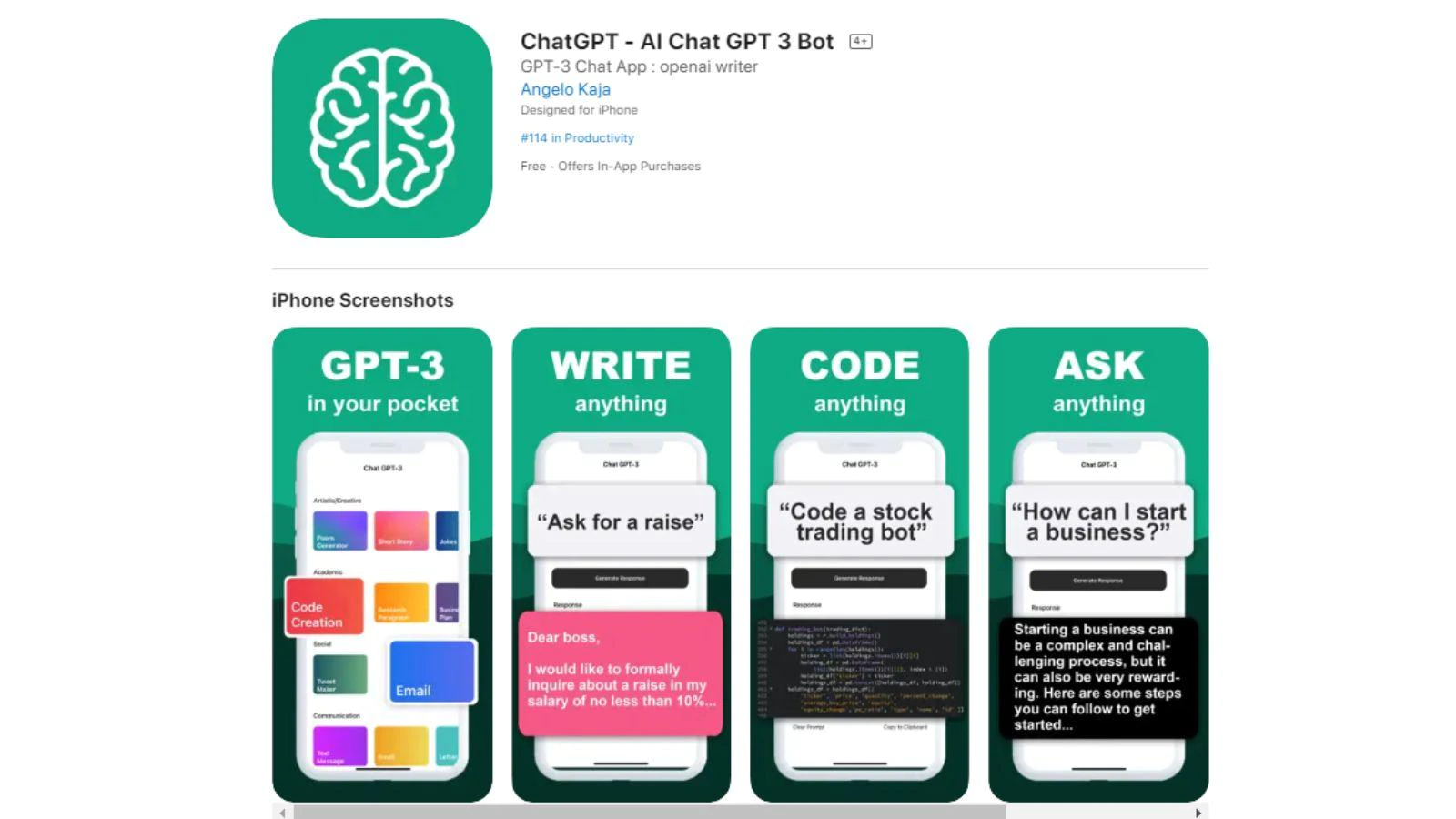
5. Ethics
It has, however, prompted concerns about the potential for abuse and the need for ethical considerations.
After the emergence of GPT-3, the model shifted its focus to further development. Let us take a look at the advancements in GPT 3.5 architecture!
The GPT-3.5 architecture is the most recent edition of OpenAI's GPT (Generative Pretrained Transformer) family of language models. It stands as a substantial improvement over its predecessors.
Note: It keeps many of GPT-3's features but also adds significant upgrades that increase its performance and capabilities.
The expanded parameter size is one of the critical breakthroughs in the GPT-3.5 design. GPT-3.5 contains nearly 300 billion parameters, making it one of the most significant language models.
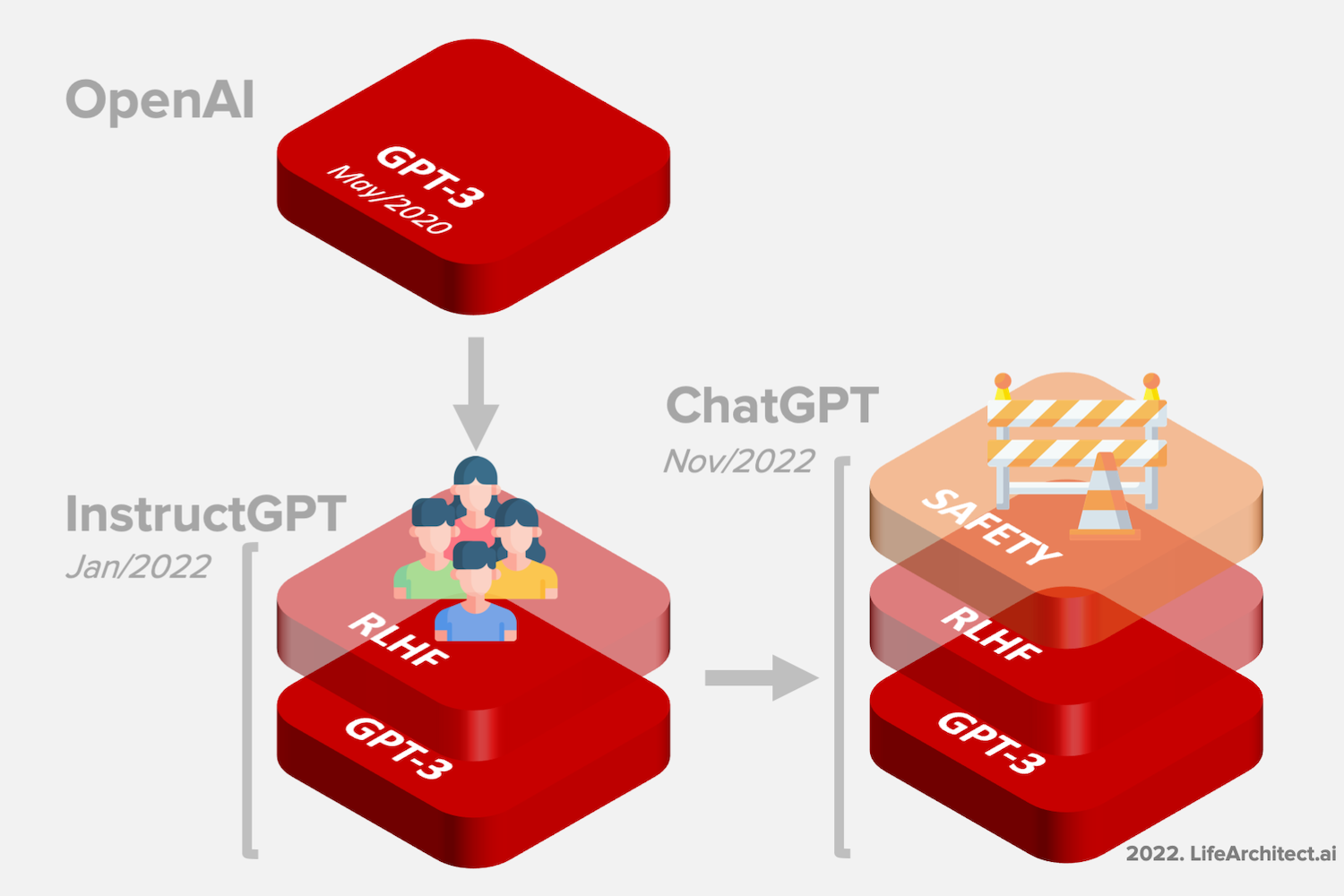
With more extensive parameters, the model may capture more complicated connections and patterns in the input data. This will allow the results to be more accurate and fluent.
The GPT-3.5 architecture's capacity to handle numerous modalities, such as text, graphics, and audio, is another significant improvement. This implies that the model may create answers that include visual and aural input.
Enhancements of the GPT-3.5 model
The GPT-3.5 architecture incorporates various enhancements that improve its performance on specific tasks. It contains, for example, a novel technique for generating more brief and accurate summaries.
It also improves its conversational abilities. This enables it to create more coherent and contextually appropriate replies in multi-turn dialogues.
This is the latest tech in terms of AI engines. Open AI announced it around March 13, 2023. It is Open AI's most creative, safe, and advanced version. Although, it is only available with an Open AI Plus account purchase.
It improved on its predecessor in three ways. These were Creativity, Visual Input, and Longer context. In simpler terms, it completely exceeds the capabilities of generating the content of the GPT 3.5 systems.

It is being said that GPT-4 can process up to 25,000 words of data input from the user. You can also send a link to the model and ask it to interact with it.
Users can now even input visual and audio data. Visual data include uploading pictures of ingredients and asking for a recipe. The possibilities of the GPT-4 model are endless. Moreover, it is said that GPT-4 can generate up to 40% of more factual data than its predecessor.
Practice and fine-tuning ChatGPT entails a combination of pre-training and task-specific fine-tuning. Pre-training entails training the model unsupervised on a vast corpus of text data. This allows the model to acquire broad language patterns and correlations.
This pre-training stage is critical for the model to gain a fundamental knowledge of the language and provide coherent and meaningful replies.
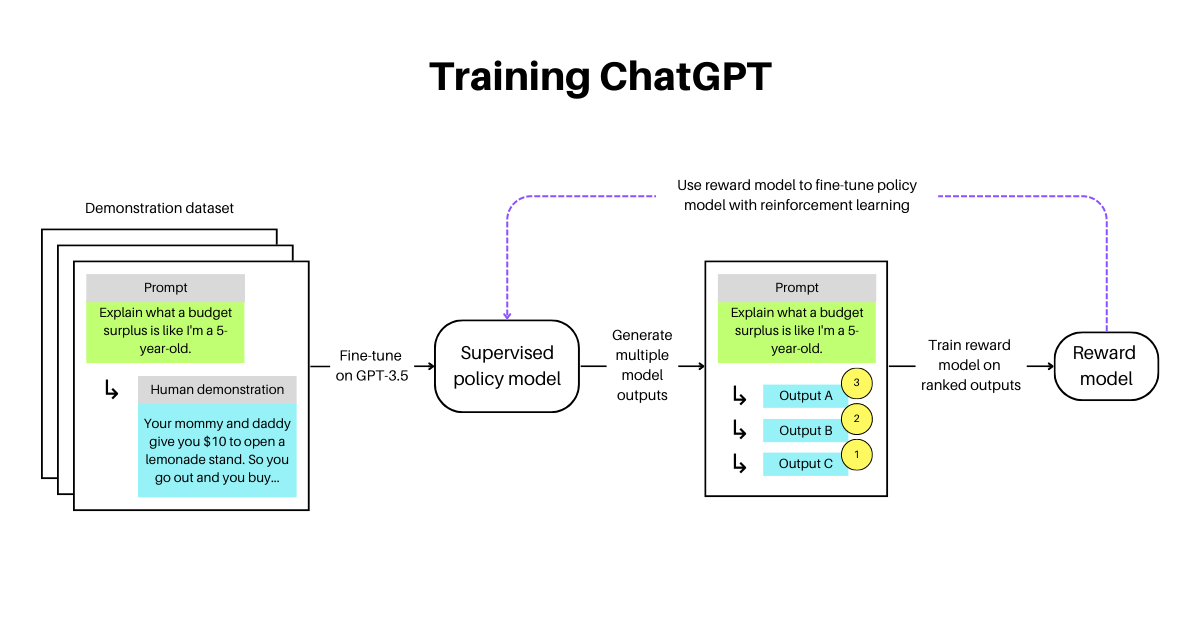
Once trained, the model may be fine-tuned for specific purposes like chatbot generation, question answering, or sentiment analysis. The pre-trained model is fine-tuned by training it on a smaller, task-specific dataset. These can contain annotated examples of the task.
This method enables the model to adapt to the task's subtleties and needs, improving performance. The fine-tuning procedure often requires numerous training to optimize the model's performance on the target. This will also include the checking of its validation.
Training and Validation
The model is updated throughout training to minimize discrepancies between anticipated outputs and the ground truth labels.
The model's performance is tested on a held-out validation dataset during the validation phase. This allows it to check for overfitting and make any required modifications to the model's hyperparameters. Finally, the model's generalization performance is tested using a held-out test dataset for a fair estimate.
The ChatGPT has proven excellent use for content creators and many professionals worldwide. Students, teachers, and researchers use ChatGPT in bulk to get the necessary answers.
If debatable, it could be this generation's next step in technological advancement. It provides numerous services and applications. These are not limited to a particular country or area; they are free to use worldwide.
It has many applications, some of which are given below.
1. Chatbots
ChatGPT may be used to create conversational chatbots that communicate naturally and engagingly with users. These chatbots may be used for various purposes, including customer support, virtual assistants, and personal shopping assistants.
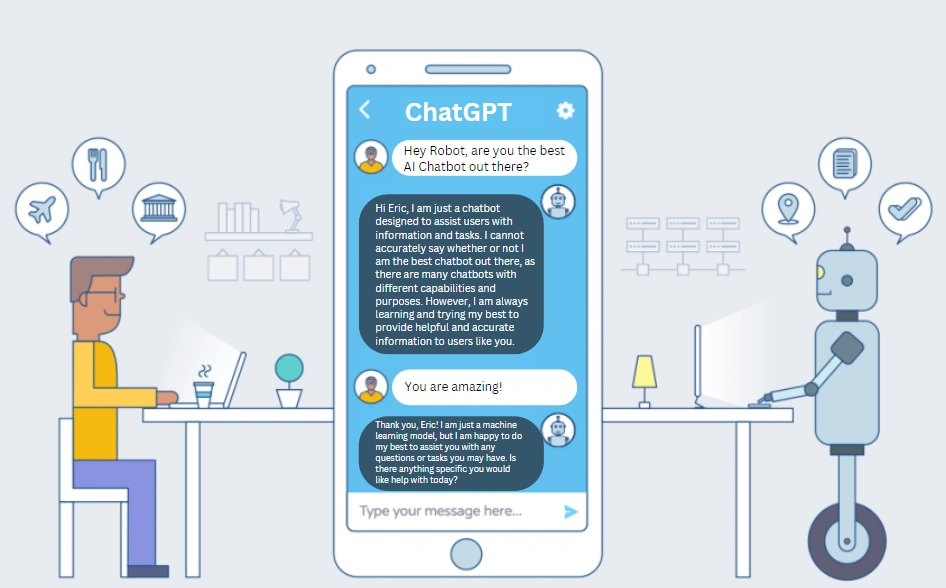
2. Content Creation
ChatGPT may create high-quality material like articles, blog entries, and social media postings. This might benefit organizations and people needing to create a massive amount of material quickly.
3. Language Translation
ChatGPT may be used to create real-time language translation systems that translate text from one language to another. This can help companies and individuals interact with others who speak different languages.
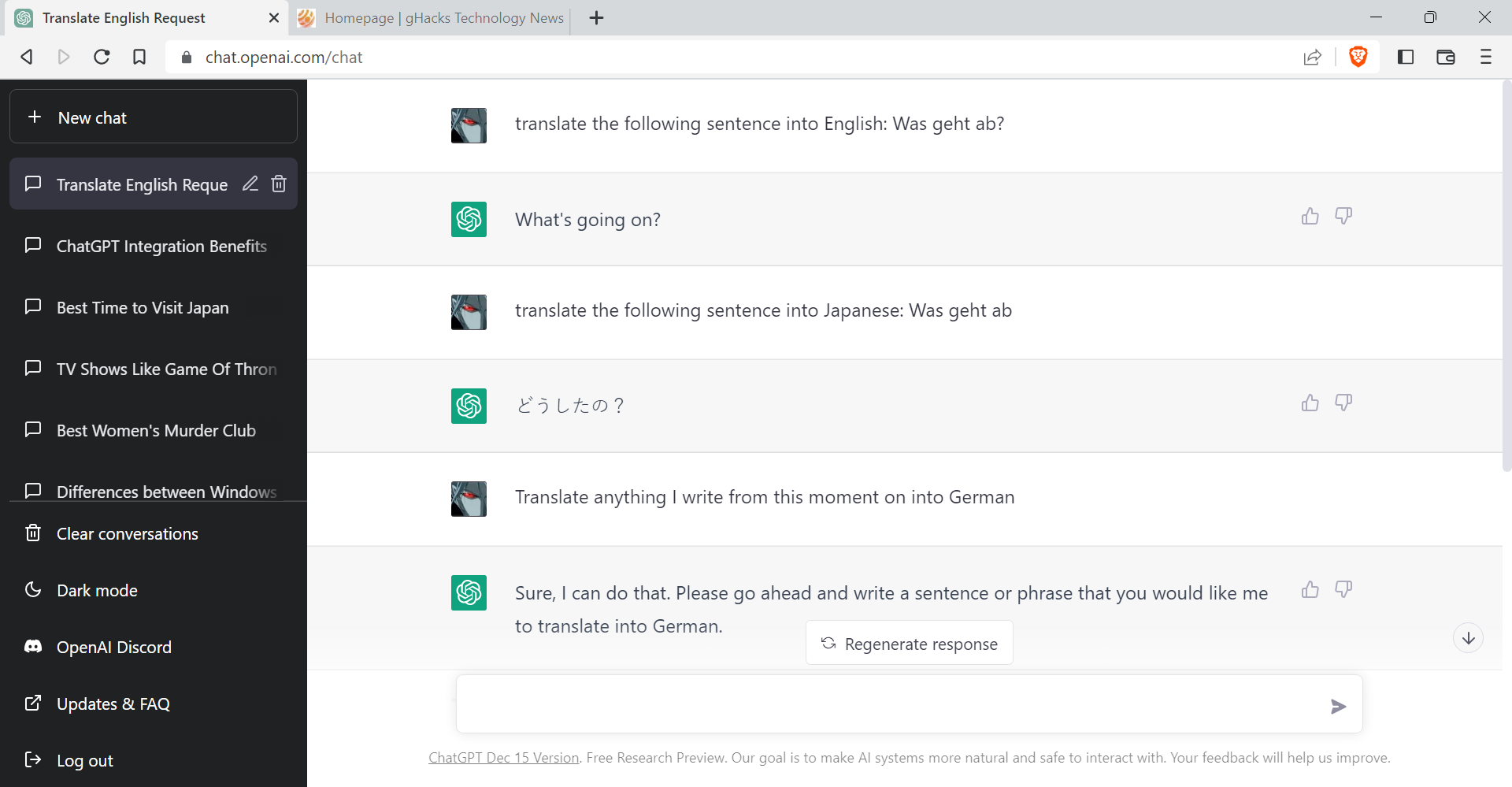
4. Question Answering
ChatGPT may create question-answering systems that can respond to natural language inquiries. This is important for applications such as customer service and information retrieval.
5. Sentiment analysis
ChatGPT may be used to analyze text data and assess the sentiment of the text. This can help firms learn how consumers feel about their products and services.
6. Personalization
Using ChatGPT, you can create personalized recommendation systems that propose items and services to consumers based on their tastes and behavior.
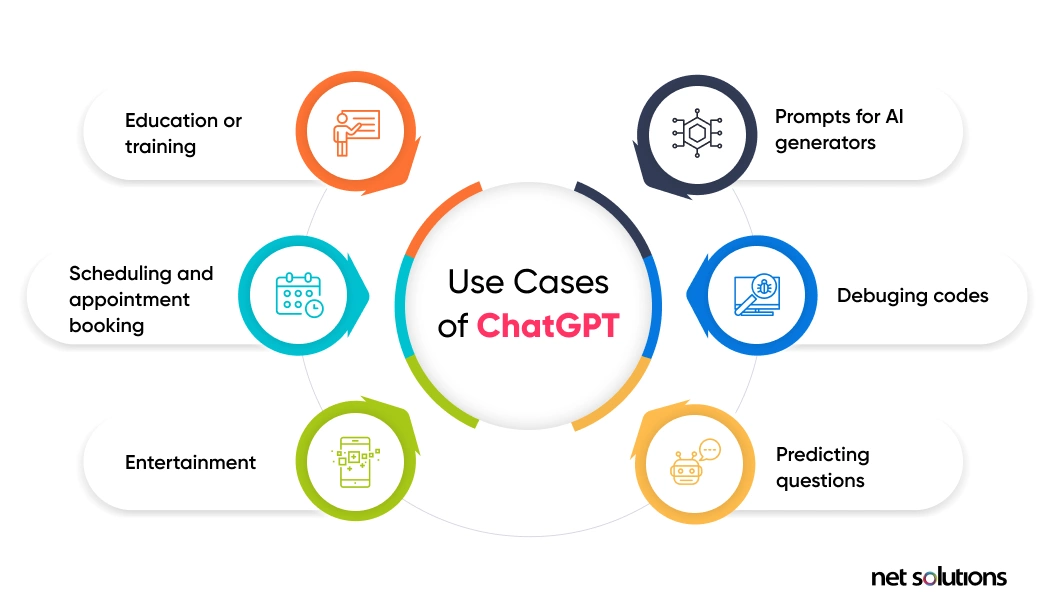
The future of ChatGPT and language models are bright and full of promise. We should expect to see ever more complex and competent language models in the future.
It is only because the world refuses to stay still in matters of technological advancement. And because NLP research advances and computer resources become more widely available.
Some future possibilities for ChatGPT
Some potential future possibilities for ChatGPT and language models include the following.
1. Multimode language models
Future language models can interpret and produce replies utilizing a variety of modalities. This includes text, pictures, and audio. This might result in more robust and adaptable language models capable of handling complex tasks and real-world circumstances.
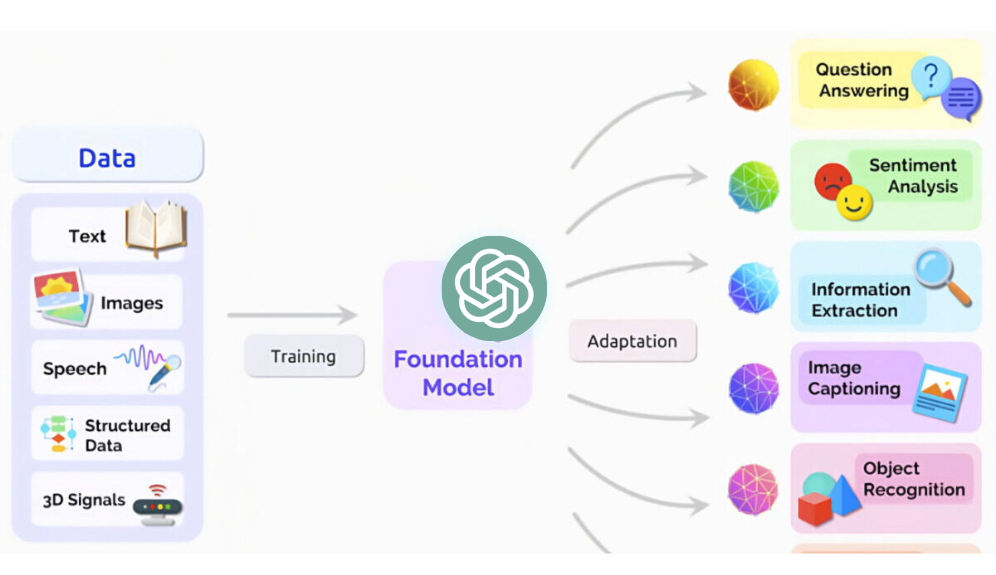
2. Contextual understanding
Future language models can better comprehend the context of a discussion. They can become more aware and change their replies accordingly. As a result, interactions with chatbots and other language-based apps may become more natural and engaging.
3. Improved Explainability
As language models get more complicated, they must become more transparent and explainable. Future language models may include processes that disclose more information about how they reply. This will ultimately make them more trustworthy and responsible.
4. Personalization
Future language models can better grasp and react to user preferences and demands. So, the result will be more personalization and customization.
5. Human-like Conversations
As language models advance, they can create replies indistinguishable from those of humans. This could have far-reaching consequences for businesses such as customer service and entertainment.
Future Disadvantages
As impressive as it is, ChatGPT holds some lurking dangers. No matter how much technology prevails, there are always some, if minor, drawbacks. If we talk about ChatGPT, cyberbullying is a significant issue the generation faces.
The more the engine is used, the more it is prone to being misused. In cases of children who fall on the help of ChatGPT for their assignments, this makes them lazy. Teachers and parents worldwide are in a trance to appreciate technology or fear it.
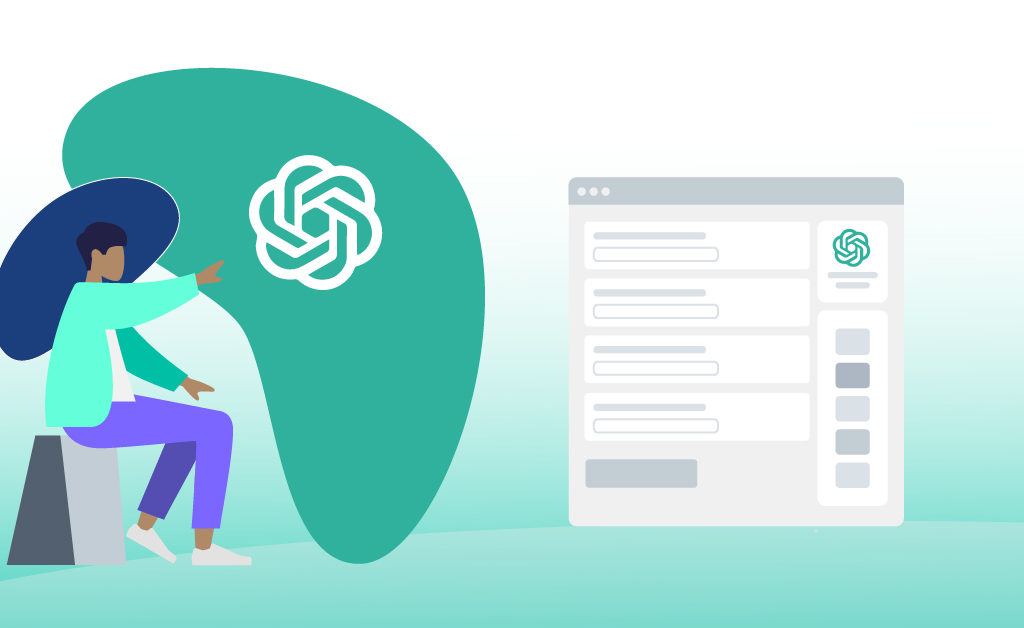
Cheating and relying entirely on ChatGPT for assignments has become a significant issue for parents and teachers. Due to reasons like these, many countries have banned the use of ChatGPT.
So as guardians of children, it becomes an excessive duty to focus their energy on managing the mess of technological advancement.
But not to be gloomy now! As there are many ways in which you can protect your children from the overuse of ChatGPT. One of the ways is to imply the use of FamiSafe. Scroll below to learn more.
FamiSafe is a parental control program that was created to assist parents in protecting their children from the usage of ChatGPT. The software has several features that allow parents to monitor their children's internet behavior. This also helps to establish device use limitations.

FamiSafe ability to prohibit access to particular apps and websites, including ChatGPT, is one of its primary advantages. Parents concerned about their children spending too much time on chatbots or other language-based applications may find this beneficial.
Parents can establish screen time limits and plan device usage hours using FamiSafe. This can guarantee that children and students spend little time on their gadgets. It can result in various harmful effects, such as sleep deprivation, decreased physical activity, and poor academic performance.
FamiSafe also provides location tracking, geofencing, and real-time notifications. It assists parents in keeping track of their children's movements and assures their safety.
ChatGPT's development has been a game changer in natural language processing. Its capacity to create natural-sounding language has opened up a world of possibilities.
ChatGPT was not created overnight but as a product of years of study and development by a team of committed professionals at OpenAI. ChatGPT has set a new benchmark for language models with its comprehensive features and tremendous capabilities. This has paved the door for even more complex models in the future.
We should anticipate ChatGPT and other language models to become more complex and powerful as technology advances. This allows the potential to revolutionize a wide range of sectors. The possibilities are limitless, and we are only scratching the surface of what these powerful tools can achieve.
